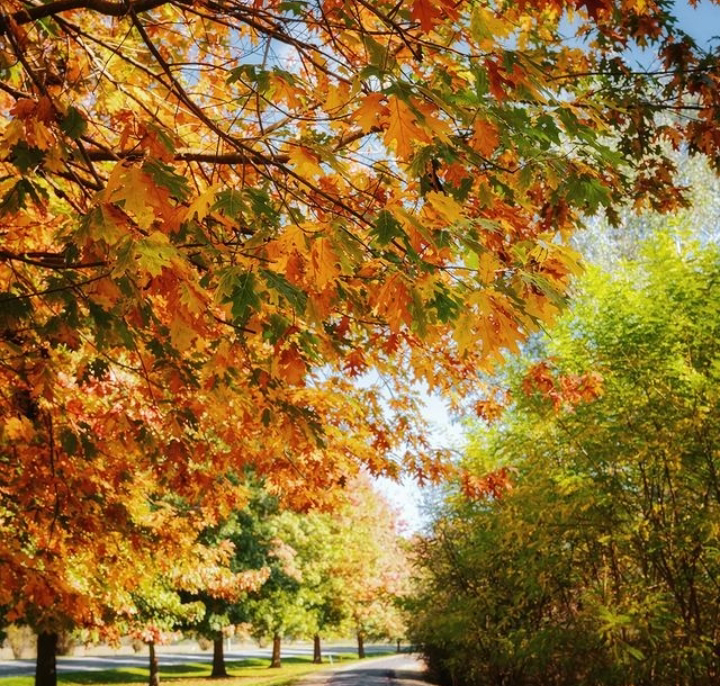Composting Autumn leaves
1. Collect leaves: Rake and collect the fallen leaves from your yard or neighborhood. If you have a large yard with many trees, you may have an abundance of leaves. You can also ask your neighbors if they have leaves to spare for composting.
2. Shredding (optional): Shredding the leaves into smaller pieces can help speed up the composting process. You can use a lawnmower with a bag attachment or a leaf shredder for this purpose. Shredding increases the surface area of the leaves, making them decompose faster.
3. Choose a compost bin or pile: Decide on a composting method that suits your needs. You can use a compost bin, a designated compost pile, or create a simple compost heap in a corner of your yard. If you have limited space, a compost bin can be more organized and space-efficient.
4. Layering: To create well-balanced compost, it's essential to layer the leaves with other compostable materials. Aim for a ratio of roughly 3 parts brown (carbon-rich materials like leaves) to 1 part green (nitrogen-rich materials like kitchen scraps or grass clippings). You can also add some soil or finished compost to introduce beneficial microorganisms.
5. Moisture management: Leaves alone can be quite dry, so it's essential to keep the compost pile adequately moist. Water the pile when needed, but avoid making it too soggy, as excess water can hinder the composting process.
6. Turning the compost: Regularly turn or mix the compost pile to provide oxygen to the microorganisms responsible for decomposition. Turning the compost every few weeks will help speed up the process and ensure even decomposition.
7. Patience: Composting takes time, especially with larger leaves like those from trees. It can take several months to a year for the compost to fully mature. Be patient and let nature do its work.
8. Use finished compost: Once the compost has broken down into a dark, crumbly, and earthy-smelling material, it is ready to use. You can spread the finished compost in your garden beds, mix it into the soil when planting, or use it as a mulch to retain moisture and suppress weeds.
Remember that some leaves, like those from walnut trees and eucalyptus, can contain substances that inhibit plant growth. It's best to avoid composting these leaves or use them sparingly in a well-balanced compost mix. Otherwise, composting autumn leaves is an eco-friendly and sustainable way to recycle organic matter and enhance the health of your garden soil.





No comments:
Post a Comment